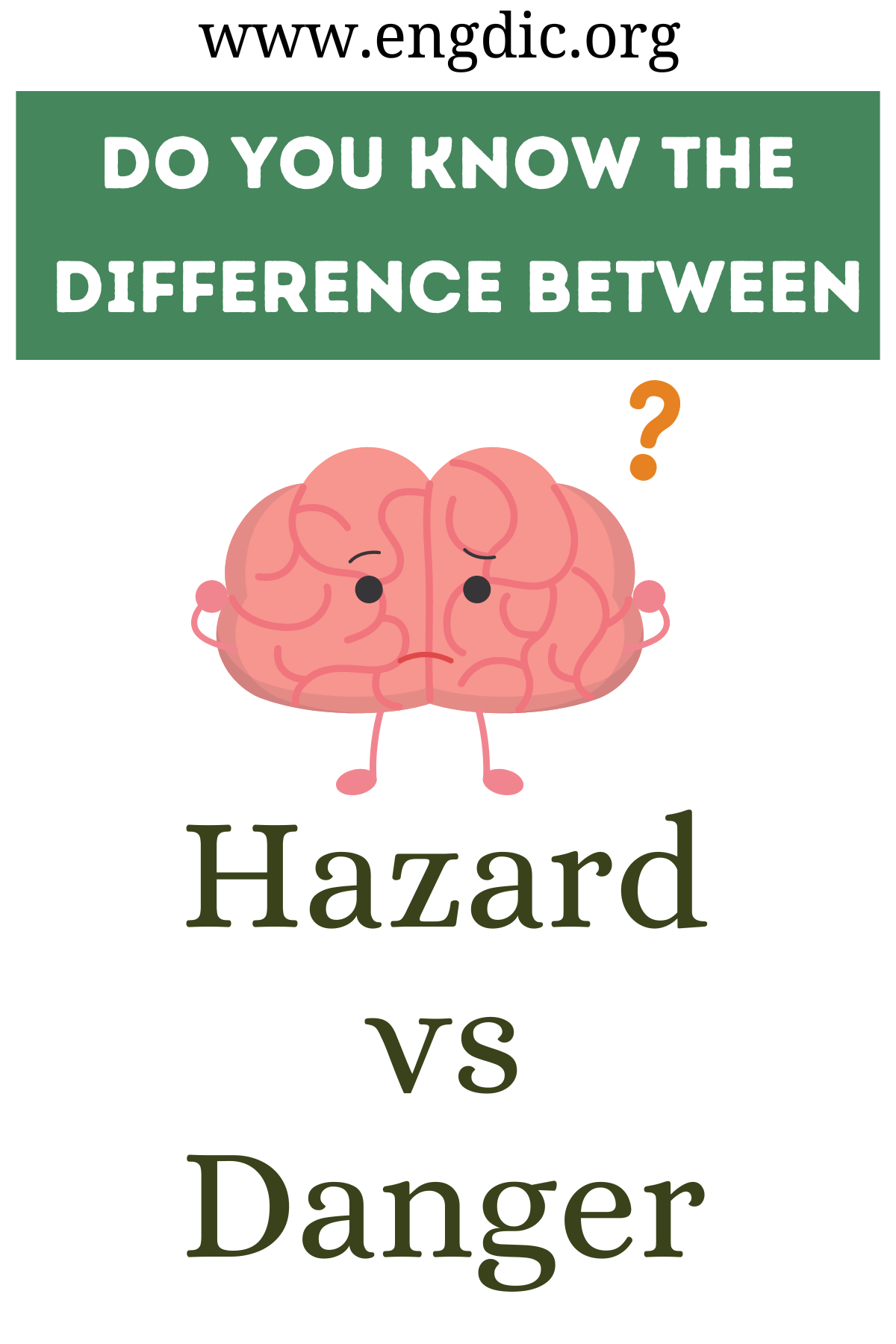Hazard and danger are often used interchangeably but have distinct meanings. A hazard is a potential source of harm or adverse effects, such as chemicals or unsafe working conditions. Danger, however, refers to the immediate risk or likelihood of injury or damage resulting from a hazard. While hazards are sources of potential harm, danger represents the direct consequences or threats posed by these hazards.
Hazard
Definition: A hazard is any potential source of harm, adverse effects, or damage. Hazards can be physical, chemical, biological, or ergonomic in nature.
Usage:
- Workplace Safety: “The chemical spill was a significant hazard in the factory, necessitating immediate evacuation.”
- Environmental: “Unchecked pollution is a serious hazard to marine life.”
- Health: “Smoking is a well-known health hazard.”
Danger
Definition: Danger is the immediate risk of injury, damage, or loss resulting from a hazard. It emphasizes the likelihood and severity of harm.
Usage:
- Immediate Threat: “The cracked bridge posed a danger to drivers.”
- Potential Harm: “Ignoring safety protocols increases the danger of accidents.”
- Severity: “The danger of drowning is high in these waters due to strong currents.”







